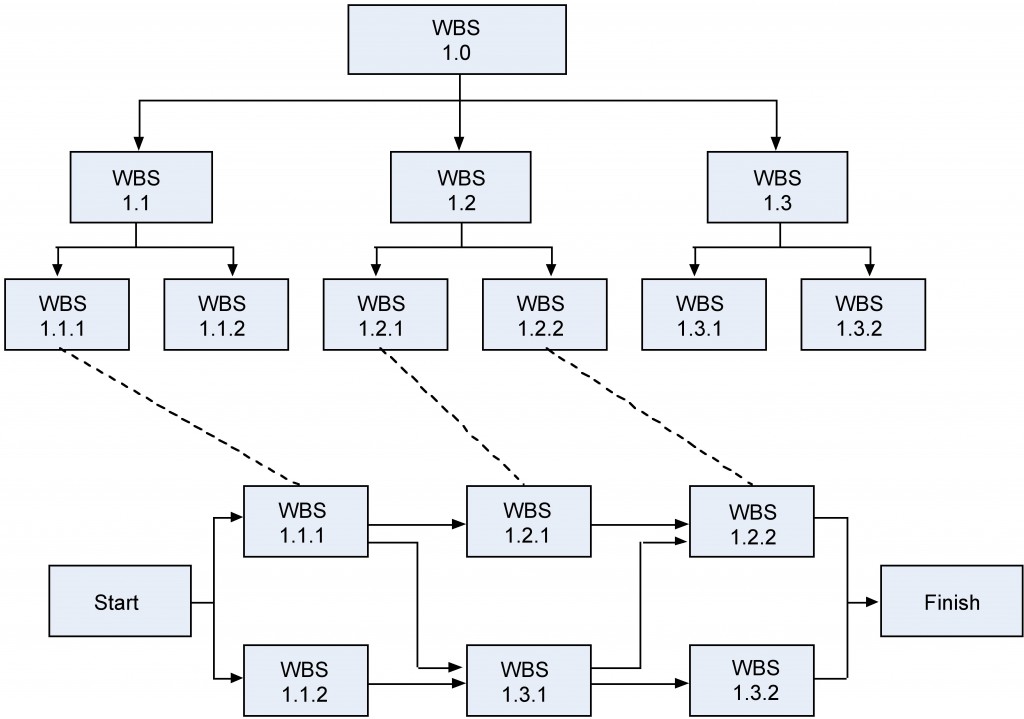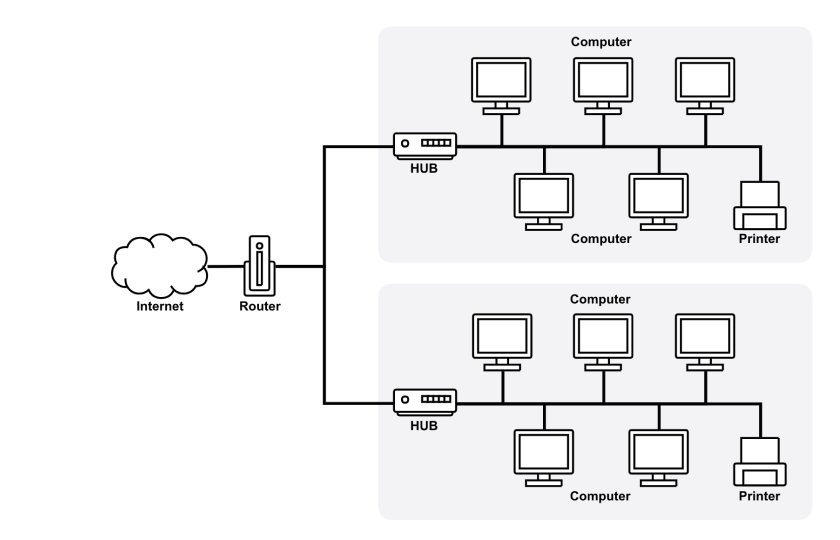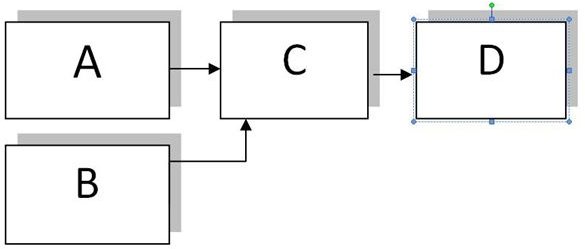
When it comes to choosing the right topology, that’s up to you. To show how data and information move through your network architecture, you should create a logical network diagram. If you need to plan the physical structure of your network (including cables, devices, and routers), you need a physical network diagram. With the right tools in place, you can now decide whether to create a physical or logical network and which topology to use. Ideally, the template should be customizable the ability to make edits and changes will help you create an accurate network diagram. If this is your first network diagram, it’s helpful to start by using existing network diagram templates. For example, allow everyone to view, edit, and comment on the diagram. When choosing a diagramming tool, ensure it has enough collaborative features so that you and your team can work together from anywhere.

To create an effective network diagram, you need a platform that allows you to collaborate with your team - especially if you’re part of a remote or distributed team. Network diagrams can be complex, so you need a platform that’s intuitive, easy to use, and that allows you to create engaging diagrams. To find the best networking diagram tool for your business, consider the following tips: Look for simplicity Choose the right toolĬhoosing the right network diagram tool can be the difference between a successful diagram and a not-so-successful diagram.
#Network diagram project management how to#
It’s useful for larger and more detailed network diagrams, but it’s harder to set up and maintain.Īre you wondering how to draw a network diagram of your own? Follow these steps to get started: 1. All of these nodes connect in a non-hierarchical way so that they can provide extensive network coverage to a wider area.Ī hybrid topology is a combination of existing topology frameworks. This structure is ideal for developers looking to expand their existing networks.Ī mesh topology allows all nodes to distribute data and information. Other nodes connect to the central node through a single cable. The tree topology (named as such because it resembles the branches of a tree) has one central node. This structure requires a lot of cables, but the benefit is that if one cable fails, only a single node will be out of action. Data and information commonly move in one direction, known as a unidirectional ring.Ī star topology individually connects all nodes to a central location, like a hub or switch. It uses less cable, so it’s physically easy to install.Ī ring topology connects all devices in a circular path. The bus topology, also known as a line topology, connects all devices to a central cable. It connects two nodes with a common link (often a connecting cable). Here are some common types of network topologies that apply to computer networking:Ī point-to-point topology is the simplest structure. There are different structures to consider, each of which has a different flow of information. When mapping a computer network, how a network diagram is read varies depending on the topology.

They don’t have to be technical experts to understand the diagram, so long as they understand the symbols and icons (more on this later).


Share the diagram externally with key stakeholders to keep them in the loop.
#Network diagram project management software#
Anyone from any department can review the diagram and understand the software or project’s current state. Get everyone on the same page by creating and sharing a network diagram. If you’ve missed anything, mapping a network diagram will bring it to light. For project managers, it makes sure that the project runs smoothly. For developers, the diagram makes sure that the system works properly. Use a network diagram to identify areas for improvement in your software or upcoming project. Identify potential roadblocks or hurdles, and put preventative measures in place. Pinpoint dependenciesīetter understand your system or project by pinpointing dependencies. As a result, IT managers and developers can effectively plan, organize, and control the system's structure. Here are some of the ways network diagrams are helpful for both IT and project teams: Visualize your entire networkĪ network diagram allows you to visualize your entire network architecture. Developers can use network diagrams to outline their network structure, while project managers can use them to map their project scope and track progress.


 0 kommentar(er)
0 kommentar(er)
